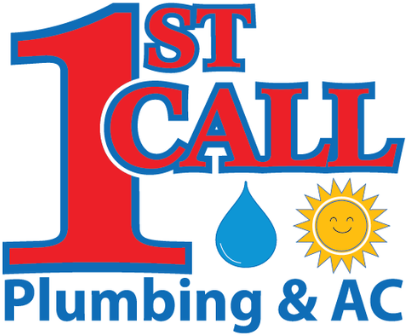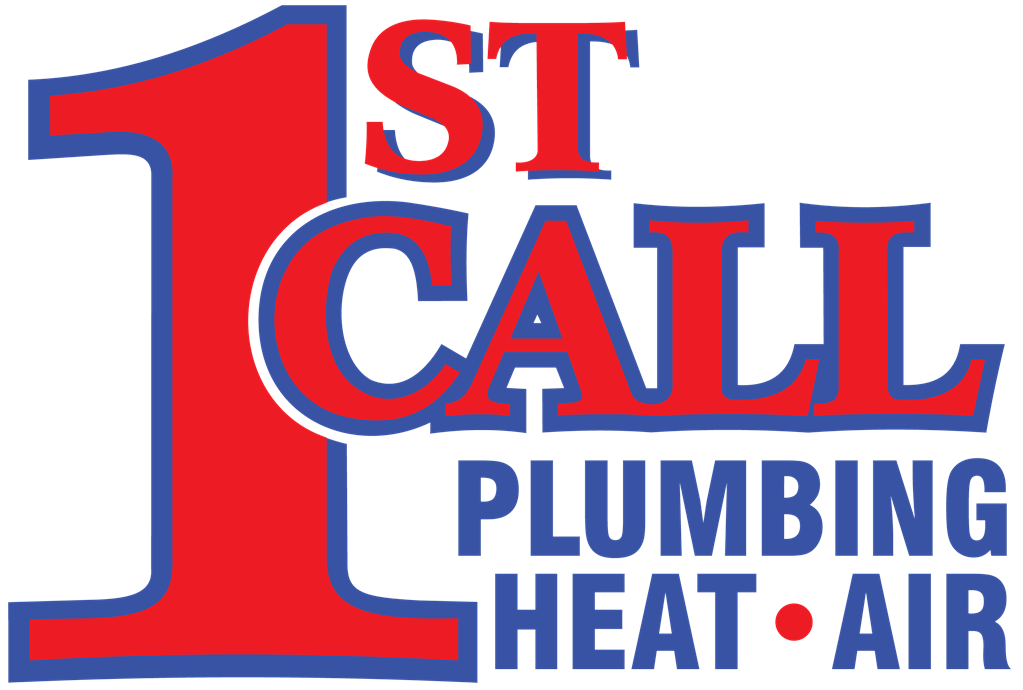What needs to be done to prepare your AC system for summer?
A Step-By-Step Guide For Homeowners
What needs to be done on a monthly and yearly basis.
In Central and South Texas, air conditioning is essential year-round, especially during our long, hot, and humid summers. Your air conditioning system plays a crucial role in maintaining home comfort, and proper maintenance ensures it runs efficiently, keeps your home cool, and helps prevent unexpected breakdowns.
In this guide we will tell you 9 important steps you can take this spring to get your AC system summer-ready.
Table of Contents
- Introduction
- Step 1: Replace or Clean Air Filters
- Step 2: Inspect and Clean the Outdoor Unit
- Step 3: Check and Clean the Evaporator Coils
- Step 4: Inspect the Thermostat
- Step 5: Check Refrigerant Levels
- Step 6: Examine Ductwork for Leaks
- Step 7: Clear and Test the Condensate Drain Line
- Step 8: Schedule a Professional AC Tune-Up
- Step 9: Test Your AC System Before Peak Season
- Final Thoughts

Step 1: Replace or Clean Air Filters
Air filters trap dust, debris, and allergens, but clogged filters can restrict airflow and reduce efficiency. A clean air filter helps your system run more efficiently, improves indoor air quality, and can even lower energy bills. The expected life of an air filter can vary greatly and depends on system usage and the current environment. In long periods of dry air and heat, or dry air and extreme cold, systems will run longer, and pull in greater amounts of dust, which renders the filter dirty far sooner than expected. Regular filter inspections on a monthly basis help identify when it’s time to replace it, rather than simply replacing filters prematurely.
How to Inspect and Replace or Clean Your Air Filter:
- Turn off your HVAC unit before replacing or cleaning the filter to prevent dust from being pulled into the system.
- Locate the air filter, usually found in the return air duct or inside the air handler.
- Inspect the filter and use a flashlight to determine if the filter needs replacing. Little light piercing the filter may mean it’s time to replace it.
- Check the filter type: If it’s disposable, replace it with a new one. If it’s a reusable filter, clean it thoroughly with water and a mild detergent, and allow it to dry completely before reinstalling.
- Electronic type washable filters must be completely dry before re-installing them or they will create an electrical hazard or cause electronic board failures.
- Ensure proper filter fitment: Make sure the filter is correctly positioned according to the airflow direction indicated on the frame.
- Set a reminder to check and replace the filter regularly—every 60-90 days, or more frequently if you have pets or allergies, and regular inspection of the filters may be more frequent in drier months where dust and pollen are more prevalent.
Pro Tips
- Use high-quality pleated filters for better dust and allergen capture.
- MERV ratings of 10-13 are excellent choices for 1 inch type filters.
- MERV ratings of 13-16 are a better option for 4-6 inch thick filter types.
- Set a recurring reminder on your phone to inspect and replace filters regularly.
- Consider upgrading to a HEPA filter if you suffer from allergies or have pets but understand that HEPA type filters are considerably more restrictive and have the potential to interrupt normal comfort levels in the home.

Step 2: Inspect and Clean the Outdoor Unit
Your outdoor condenser unit plays a vital role in cooling your home. Ensure it’s clean and free from obstructions.
How to Clean Your Outdoor Unit:
- Turn off the power to your AC unit at the circuit breaker for safety.
- Clear debris: Remove leaves, dirt, and grass clippings from around the unit.
- Clean the condenser coils: Use a garden hose to gently rinse off dirt and dust buildup. Avoid using high pressure, which can damage the fins.
- Straighten bent fins: Use a fin comb or a gentle touch to realign any bent coil fins for optimal airflow.
- Trim surrounding vegetation: Keep at least two feet of clearance around the unit to ensure proper airflow, and minimum of 1 foot from any wall.
Pro Tips
- Use a fine comb to straighten any bent fins for maximum efficiency.
- Cover your HVAC system in winter months with a breathable cover to prevent excessive debris buildup.
- Use a mild detergent solution when cleaning the coils for more effective dirt removal.
- Leaves inside the unit will require a licensed HVAC contractor to clean out. Removing panels and parts for access to the inside of the unit can create problems if it cannot be reassembled in a proper fashion.

Step 3: Check and Clean the Evaporator Coils
The evaporator coils inside your AC unit absorbs heat from your home. Over time, they collect dust and grime, reducing efficiency.
How to Clean the Evaporator Coils:
- Turn off the power to the AC system before opening the access panel.
- Locate the evaporator coils, typically inside the indoor air handler.
- Use a soft brush to gently remove dust and debris.
- Apply a no-rinse coil cleaner: Spray the cleaner on the coils and allow it to foam up, dissolving dirt and grime.
- Ensure proper drainage: Check the drip pan and drain line to prevent water buildup and mold growth.
Pro Tips
- Check your HVAC system air filter first- a dirty filter leads to faster coil contamination.
- Use compressed air to remove stubborn dust buildup before applying a coil cleaner.
- Prevent future dirt accumulation by ensuring proper airflow and keeping ducts clean.

Step 4: Inspect the Thermostat
Your thermostat controls the temperature and efficiency of your air conditioning system.
How to Optimize Your Thermostat:
- Test the thermostat by setting it a few degrees cooler than room temperature and listening for the AC unit to turn on.
- Replace old batteries if the thermostat is battery-operated.
- Program energy-efficient schedules: Set your thermostat to adjust temperatures when you’re away from home to save energy.
- Consider upgrading to a smart thermostat for improved energy efficiency and remote access.
Pro Tips
- Place the thermostat away from heat sources (e.g., direct sunlight, lamps, or appliances) for accurate readings.
- Enable geofencing on smart thermostats for automatic temperature adjustments based on your location.
- If using an older thermostat, consider recalibrating it for accurate temperature settings.

Step 5: Check Refrigerant Levels
Refrigerant is essential for cooling your home efficiently. Low refrigerant levels indicate a leak and can cause system failure.
How to Detect Low Refrigerant Levels:
- Check for weak cooling performance: If your AC system is blowing warm air or struggling to maintain temperature, low refrigerant could be the cause.
- Look for ice buildup on refrigerant lines or coils.
- Listen for hissing sounds, which could indicate a refrigerant leak.
- Call a professional from 1st Call Plumbing & AC to check and refill refrigerant levels, as handling refrigerants requires certification.
Pro Tips
- Low refrigerant often indicates a leak—don’t just refill; fix the leak!
- Avoid DIY refrigerant refills since handling refrigerants without certification is illegal and dangerous.
- Routine HVAC unit maintenance can prevent refrigerant issues before they become major problems.

Step 6: Examine Ductwork for Leaks
Leaky ductwork can lead to energy waste and uneven cooling throughout your home.
How to Inspect and Seal Duct Leaks:
- Look for visible damage, loose connections, or gaps in duct joints.
- Use a flashlight to check for air leaks by feeling for escaping air while the AC unit runs.
- Seal minor leaks with duct tape or mastic sealant.
- Schedule a professional duct inspection for major leaks or efficiency improvements.
Pro Tips
- Use an incense stick or smoke pen near duct joints to detect air leaks.
- Seal leaks with mastic sealant instead of standard duct tape for a long-lasting fix.
- Schedule a professional duct cleaning to improve air quality and efficiency.

Step 7: Clear and Test the Condensation Drain Line
The condensation drain line removes moisture from your AC system. A clogged drain can cause water damage and system malfunctions.
How to Maintain Your Condensate Drain Line:
- Locate the drain line, typically a PVC pipe near the indoor unit.
- Check for blockages: If water isn’t draining properly, the line may be clogged.
- Flush the drain line: Use a mixture of warm water and vinegar to dissolve algae and debris.
- Use a wet/dry vacuum to clear stubborn clogs if necessary.
- Ensure the drain pan is empty and clean to prevent mold growth.
Pro Tips
- Add a cup of white vinegar or bleach to the drain line every few months to prevent mold growth.
- Install a drain line safety switch to shut off the AC if clogs occur, preventing water damage.
- Check the drain line exit point outside to ensure it isn’t blocked by dirt or debris.

Step 8: Schedule a Professional Tune-Up
While DIY maintenance is essential, a professional tune-up ensures optimal performance.
Why You Need a Professional AC Tune-Up:
- A technician from 1st Call Plumbing & AC will inspect electrical connections, lubricate moving parts, and check for potential issues.
- Prevent unexpected breakdowns: A tune-up can catch small problems before they turn into costly repairs.
- Extend the lifespan of your AC system with regular professional maintenance.
Pro Tips
- Spring is the best time to schedule an AC tune-up before the summer rush.
- Ask your technician about energy-saving upgrades, such as variable-speed fans or newer refrigerants.
- Consider a maintenance plan with 1st Call Plumbing & AC to stay ahead of AC system issues year-round.
- How much does an AC Tune Up cost from 1st Call Plumbing & AC?
Check out our special offers page for a $109 scheduled tune-up and other special 1st Call Plumbing & AC offers and discounts.

Step 9: Test Your AC System Before Peak Season
Before the hottest days arrive, test your AC unit to ensure it’s running smoothly.
How to Test Your AC System:
- Turn on your AC system and run it for at least 30 minutes.
- Monitor for unusual noises such as rattling or buzzing, which could indicate loose components.
- Check airflow from vents to ensure strong, cool air is circulating properly.
- Schedule repairs if needed before summer heat causes further strain on the system.
Pro Tips
- Run your AC unit on a cooler day to spot issues before the extreme heat and humidity puts stress on the system.
- Check all supply vents to ensure they’re open and unblocked for proper airflow.
- Listen carefully for unusual sounds—rattling, hissing, or buzzing may indicate loose parts or electrical problems.
Final Thoughts
Preparing your HVAC system for summer helps keep your home cool and your energy bills low. Regular maintenance improves efficiency, extends the life of your unit, and prevents breakdowns during the hottest months. Follow these steps now to ensure your AC system is ready to handle the Texas heat all summer long.
Need professional AC maintenance or repairs? Check out our special offers page for a $109 scheduled tune-up and other special 1st Call Plumbing & AC offers and discounts.
🔹 Click here or call (210) 446-0200 to schedule your service with 1st Call Plumbing & AC.



